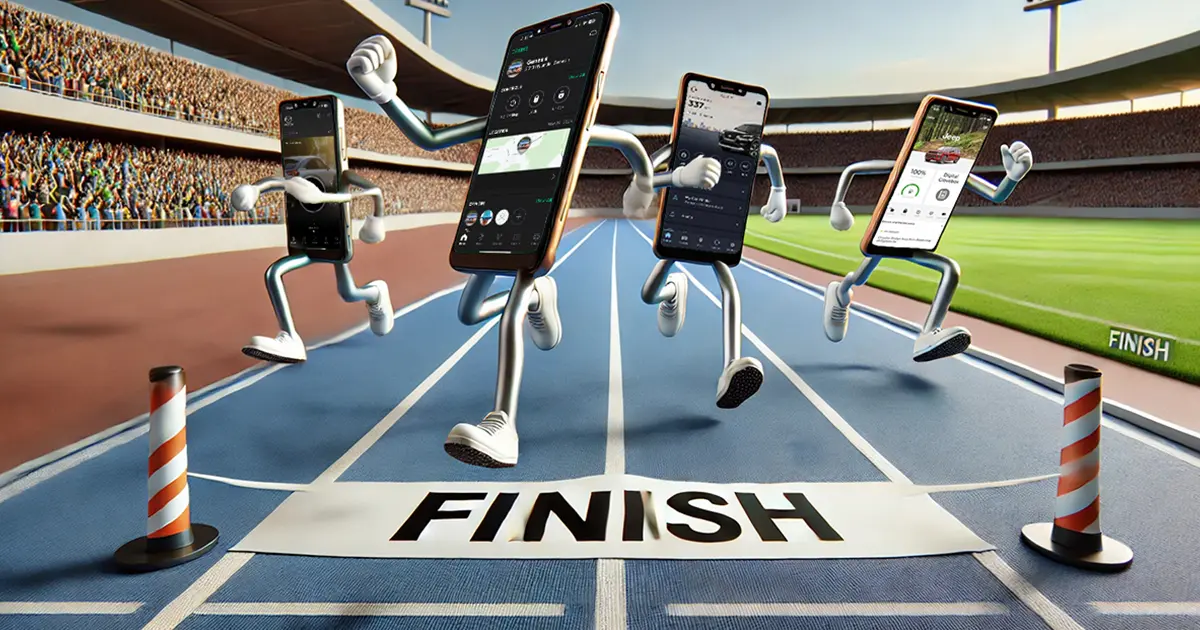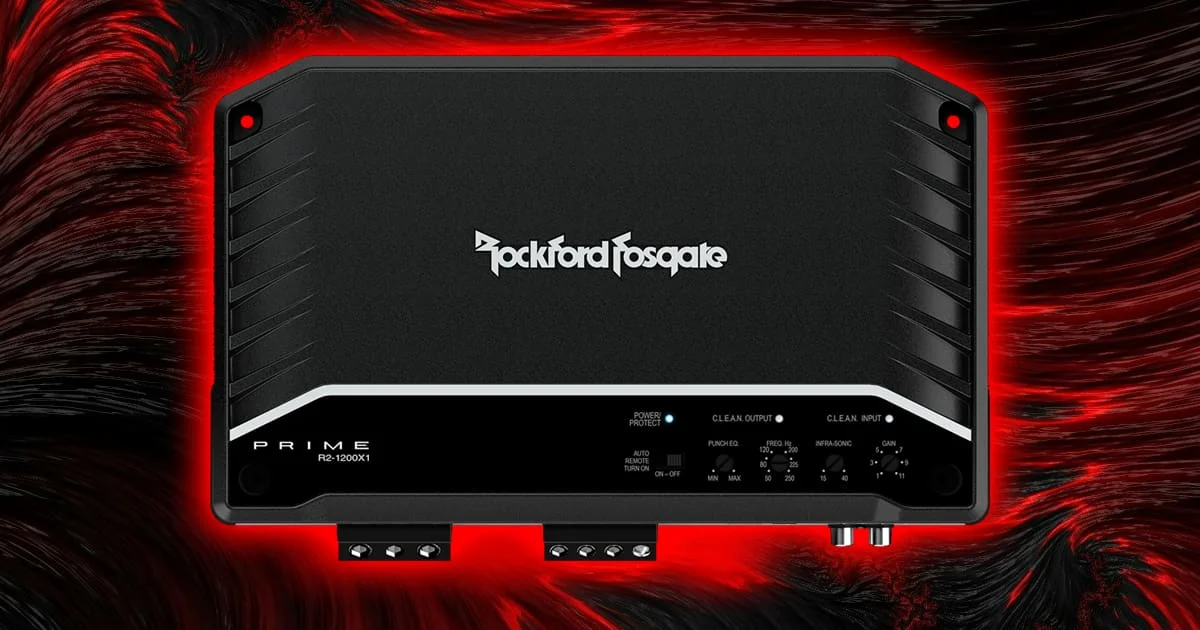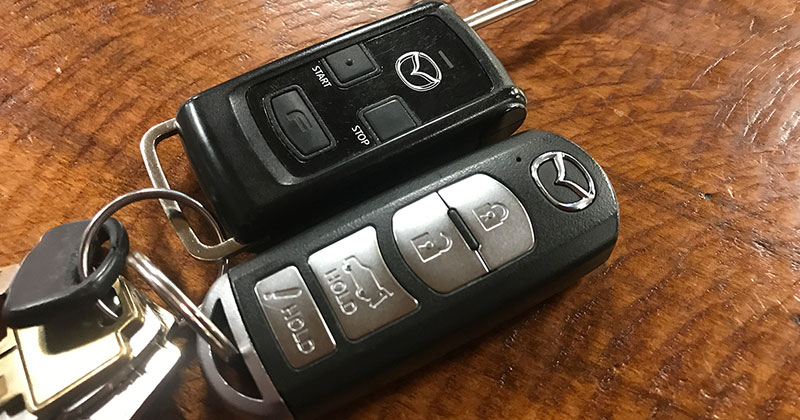
by Support Tech | Aug 2, 2024 | RESOURCE LIBRARY, ARTICLES, PRODUCTS
If you’ve been in the market for a new car, truck or SUV recently, you’ve likely encountered the convenience of smartphone control options. These features allow you to perform tasks like locking the doors or starting the vehicle remotely from your...

by Support Tech | Jul 30, 2024 | RESOURCE LIBRARY, ARTICLES, PRODUCTS
In late October 2023, we had the opportunity to give the Rockford Fosgate R2-1200X1 subwoofer amplifier a thorough Test Drive Review (https://www.bestcaraudio.com/test-drive-review-rockford-fosgate-r2-1200×1/). We were very impressed that this entry-level amp had...

by Support Tech | Jul 28, 2024 | RESOURCE LIBRARY, ARTICLES, Remote Car Starters
Before we dive into a discussion of the potential benefits and drawbacks of purchasing a dealer-installed remote car starter, let’s make it clear that, as they say, your mileage may vary. What we mean is that no two installers will install a car starter the same way,...

by Support Tech | Jul 14, 2024 | ARTICLES, Remote Car Starters, RESOURCE LIBRARY
Leaving your vehicle unattended and running is an open invitation for thieves to steal your car or truck. In Northern states and Canada, these crimes are often called warm-up thefts, and their frequency peaks as cold weather arrives. The reality is, whether you’re...

by Support Tech | Jun 30, 2024 | ARTICLES, RESOURCE LIBRARY, Window Tint
Automotive window tint isn’t just about making your car or truck look good. Many people with medical conditions and sensitivities to the sun can benefit from the UV protection and reduction in the visible light transfer that tint offers. How Does Window Tint Help...

by Support Tech | Jun 16, 2024 | RESOURCE LIBRARY, ARTICLES, Window Tint
Did you know that automotive window tint reduces glare so that you can see better while driving? That’s right; tint doesn’t just make your car look awesome and help to keep it cool inside. Reducing glare helps you see the gauges and displays in your vehicle better and...







